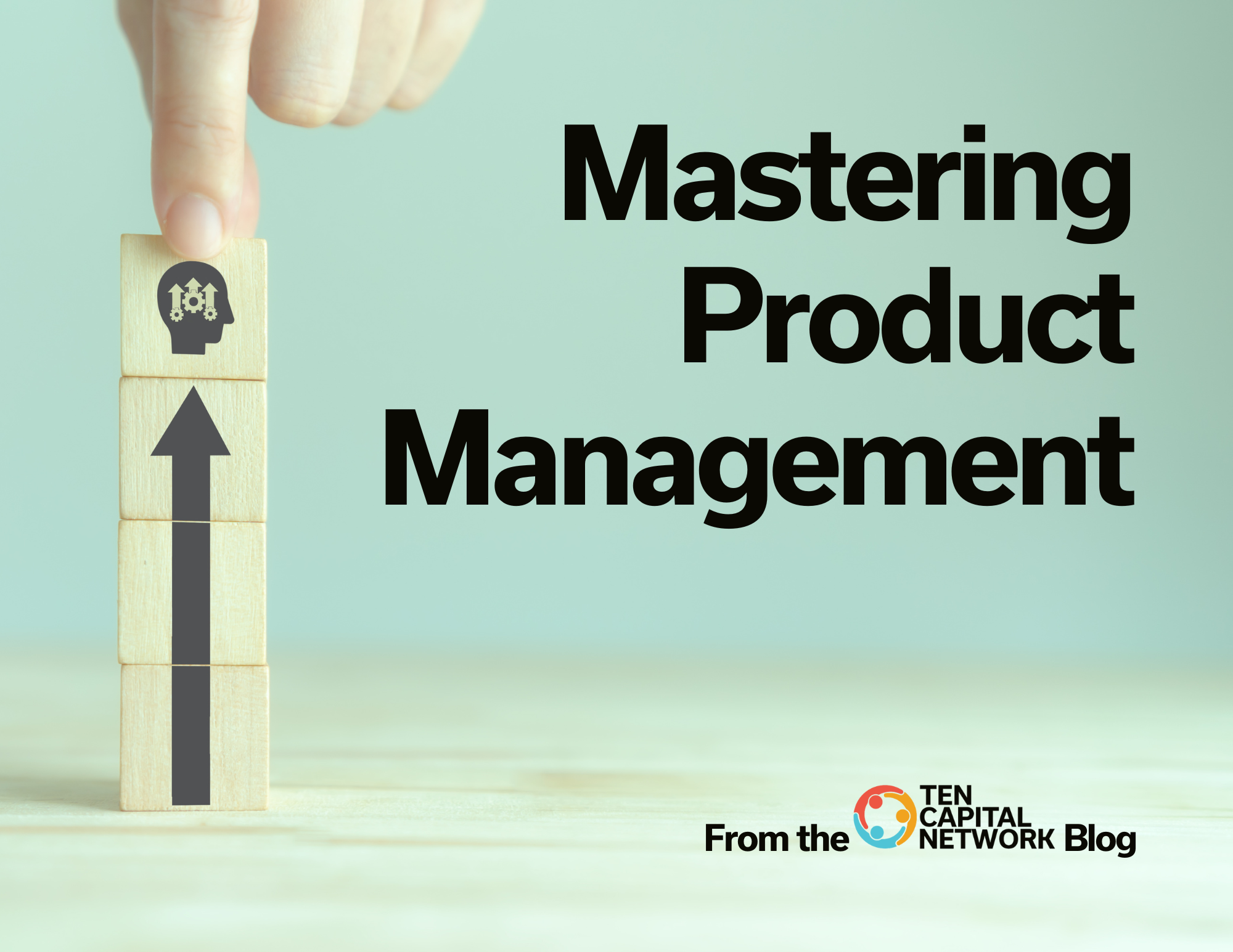2 min read The financial model summarizes a company’s performance using key factors such as revenues, assets, cost of goods sold, and more. The information derived from this model is used to create financial projects about future years’ performance. In this article, we look at key metrics including cash flow, financial model outputs, and the purpose of financial projections derived from the financial model.
Key Metrics to Capture
Your financial statements will generate a wealth of metrics on your business called Key Performance Indicators (KPI). Investors want to know these metrics, and they are useful to you as a business owner as well. Metrics help you focus your efforts on the important things. You can use them to identify new opportunities for growing sales and reducing costs.
Key metrics for the overall health of the business include sales growth, gross margin, and profitability. For cash flow, you’ll find the burn rate, runway, and fundraise requirements will be useful. For recurring revenue, businesses measure the cost of customer acquisition, track the lifetime value of a customer, and indicate the churn rate.
Cash Flow
The most important financial statement is the cash flow statement as cash is the most important financial metric for the business. If you run out of cash, you most likely will have to put the business on hold or shut it down entirely.
There are two ways to account for cash: cash-based accounting and accrual-based accounting. As a startup, you’ll want to focus on cash-based accounting as it matches expenses with cash more tightly.
The cash flow statement will give a runway number of months of operation. Run what-if scenarios based on different outcomes of the sales funnel. If your runway falls to six months or less, you must take steps such as launching a round of fundraising.
It’s also helpful to understand your costs — you have variable and fixed expenses. Variable expenses rise and fall with sales activity, while fixed expenses stay the same regardless of activity. In the early days of the startup, you want to push as many expenses into the variable side as you can. As you grow larger, you’ll want to move from variable to fixed expenses as the overall cost will be lower.
Outputs of The Financial Model
A financial model provides three outputs- key financial statements, an operational cash-flow forecast, and key metrics for the business. Key financial statements include the profit and loss statement (P&L), the balance sheet (BS), and the cash-flow statement (CF).
The P&L shows revenue matched with costs and indicates whether or not you are profitable over a period of time. It can be used to compare different time periods such as this year versus last year or this quarter versus last quarter. It’s often used to compare the actual results with the budget.
The balance sheet shows the company’s assets and liabilities. This is a snapshot in time. The difference between assets and liabilities must always equal shareholder equity (assets = liabilities + equity).
The cash-flow statement shows cash inflows and outflows over a period of time. Key metrics include gross margin, profit margin, cash runway, and more.
Purpose of Financial Projections
Your company’s financial projections document, also called the pro forma, is a key document you’ll need for your fundraise. Investors will want to see a detailed, five-year financial projection to show that you’ve thought through the financial side of the business.
A quality financial projection shows investors you know your business and have a good idea about what things cost and what customers will pay. Investors also glean from the financial projections how you are going to use the funds they offer you.
Financial projections are not about predicting the future with great accuracy, but instead showing the causalities and interdependencies of your business. This document answers questions such as:
- If sales double, what is the impact on costs?
- If sales drop by 50%, what happens to cash flow?
Feel free to try out our calculators and contact us if you would like to discuss your fundraise: https://www.startupfundingespresso.com/calculators/

Hall T. Martin is the founder and CEO of the TEN Capital Network. TEN Capital has been connecting startups with investors for over ten years. You can connect with Hall about fundraising, business growth, and emerging technologies via LinkedIn or email: hallmartin@tencapital.group.





